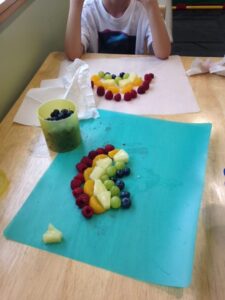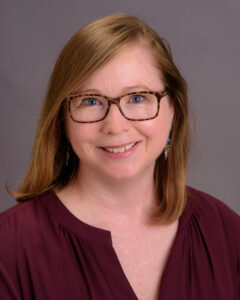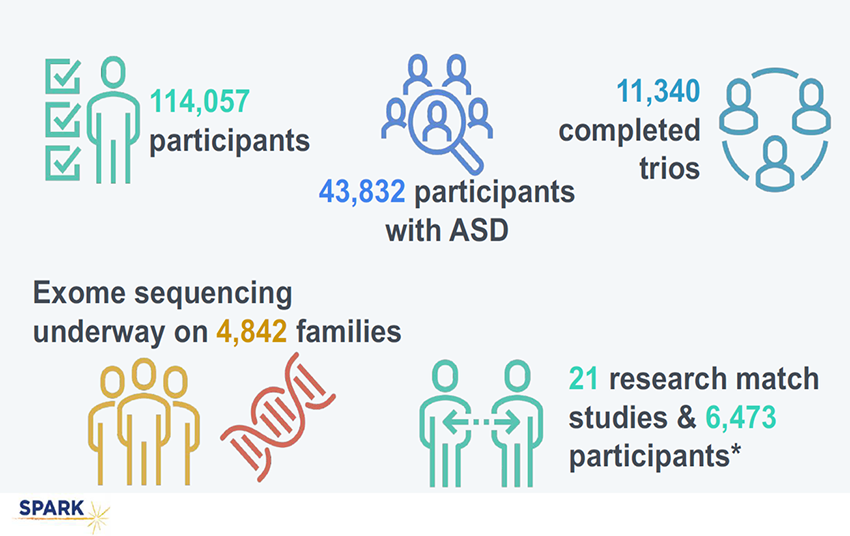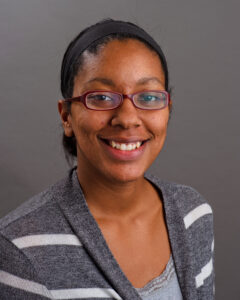Many forms of treatment exist that can potentially help improve some social and behavioral deficits for children with autism. However, it is often difficult for autism service providers to determine how successful a treatment is for a specific child.
“Every child is different, so it’s important to know what types of treatment do and do not work for each child, based on their specific needs,” said Dr. Stephen Kanne, executive director of the Thompson Center. “If a certain behavior therapy or medication is working, it’s important for the care provider to know so they can continue the treatment. However, if a therapy isn’t working, it’s equally important to know, so that the care provider can change what they are doing to better suit the needs of the child.”
In order to measure how effective autism treatments are in addressing core autism symptoms, Kanne, along with Dr. Micah Mazurek, formerly on faculty at the Thompson Center and now a professor at the University of Virginia, have developed the Autism Impact Measure (AIM). AIM allows service providers
to accurately measure the progress, or lack of progress, their patients and clients are experiencing in terms of improving core autism symptoms.
AIM is a parent-report measure, meaning that parents can fill out questionnaires throughout their child’s treatment. AIM has been shown to measure the progress, or lack of progress, in many of the most common types of treatment, including all three major categories of autism treatment: medication-based treatment, behavior therapy-based treatment, and curriculum-based treatment.
“Part of what is valuable about AIM is that it measures both the frequency and the impact of specific autism symptoms.” Kanne said. “While we want to know if the child’s autism symptoms are improving, it is also important for care providers to know which symptoms are most affecting that child’s functioning, so the care provider can be much more effective in providing targeted treatment.”
As a culmination of their major National Institutes of Health grant to study the value and effectiveness of AIM, Kanne and Mazurek conducted a final study which found that the AIM measure could accurately indicate whether a patient’s core autism symptoms were improving, declining or maintaining the status quo based on the treatment they were receiving.
“Showing that AIM truly measures what we think it does is really important for autism treatment moving forward,” Kanne said. “We can now start spreading this measure to autism care providers around the country so they can begin using it to measure the progress of their patients. Ultimately, we hope this will lead to better autism care for everyone.”



 For her study, Stevenson followed 11 children as they completed the program, tracking how many different foods they would eat before the program and then how many they would eat a few months after the program.
For her study, Stevenson followed 11 children as they completed the program, tracking how many different foods they would eat before the program and then how many they would eat a few months after the program.


